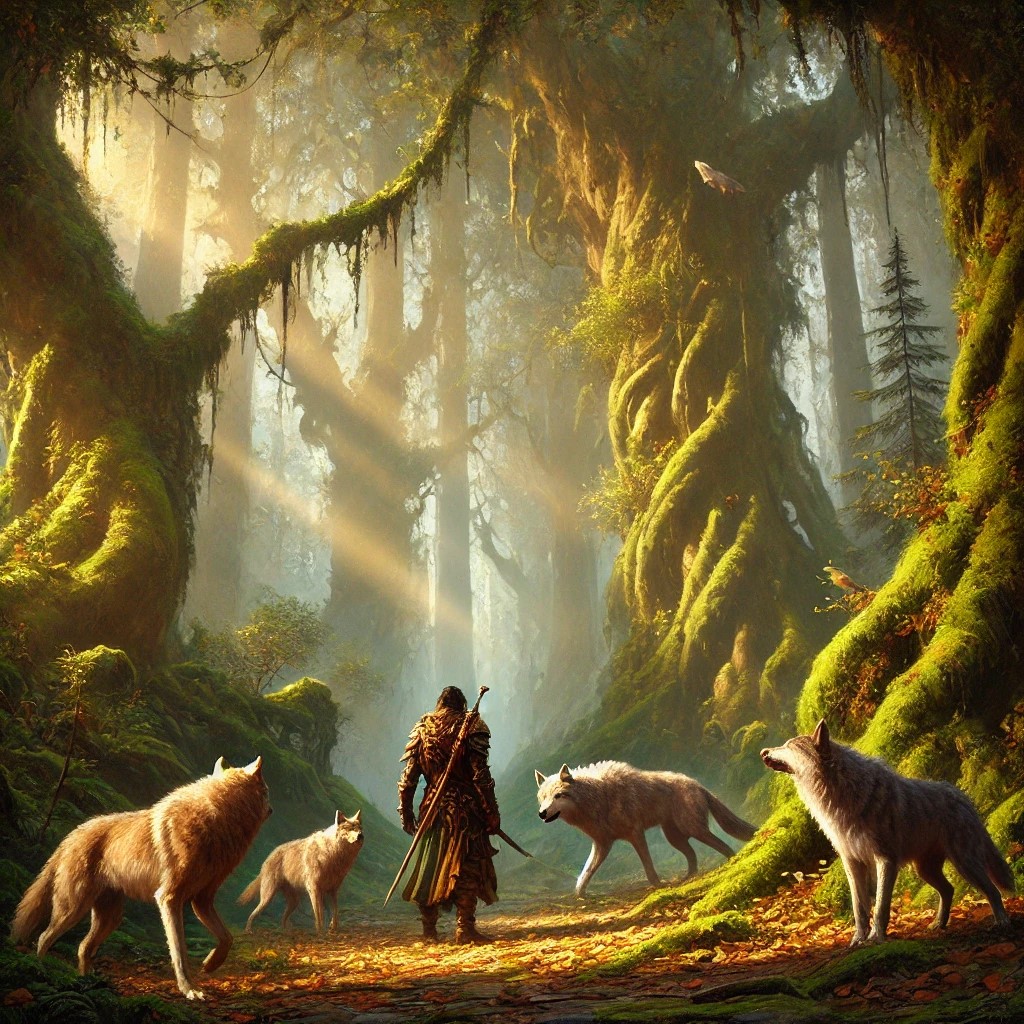Number Appearing
Number Appearing describes the typical number of creatures that would be encountered within a given 2-mile radius, eitehr as a single herd or family, or possibly as a general number of loosely associated creatures. In areas that are more confined, such as a dungeon, the number may either describe the number of creatures in a given room (as with most non-intelligent creatures) or it may refer to the total number of humanoids existing throughout the lair, scattered in numerous areas related to sleeping, labour, hierarchy or defense.
The number strives to reflect the creature's natural ecology, but realistically the dungeon master must be prepared to adjust the number as needed to fit the campaign'’s context. It would be a mistake to treat this value as an inflexible rule, as encounters should be shaped by the narrative and the immediate circumstances rather than dictated by a strict numerical expectation. The number serves as a guideline rather than a mandate, helping the DM gauge the potential scale of an encounter while allowing room for adaptation.
For example, a herd of 200 animals might exist in a given area, but the party may only come across two of them at any given moment. Likewise, a family of wolves may number five, yet only a single wolf might be out hunting when the players happen upon it. These variations reflect the natural ebb and flow of a living world where creatures move independently of adventurers. Rather than assuming that the full listed number must be present in every encounter, it is better to interpret "Number Appearing" as an estimate of how many creatures could be found if the party deliberately sought them out or ventured into their territory.
By viewing the statistic in this way, DMs can create more dynamic and believable encounters. This approach allows for nuance, making it possible for adventurers to encounter a mere handful of creatures at first, only to realise later that they have stumbled into the hunting grounds of a much larger force. The key is to use the number as a tool to enrich the game world rather than a rigid restriction that limits storytelling possibilities.
In all cases, a party's actions, choices and location should influence how many creatures they come across. This is one of the reasons that random encounter tables fail to achieve their purpose — because the actual chance of an encounter should be based on the party's decision to explore specific vegetation growths or physical terrain, rather than a random creature being imposed upon them without context. It's best, then, for the DM to have the list of creatures in an area available, choosing what's encountered much like designing a dungeon on the fly, to give the best possible gaming experience.
See The Adventure
